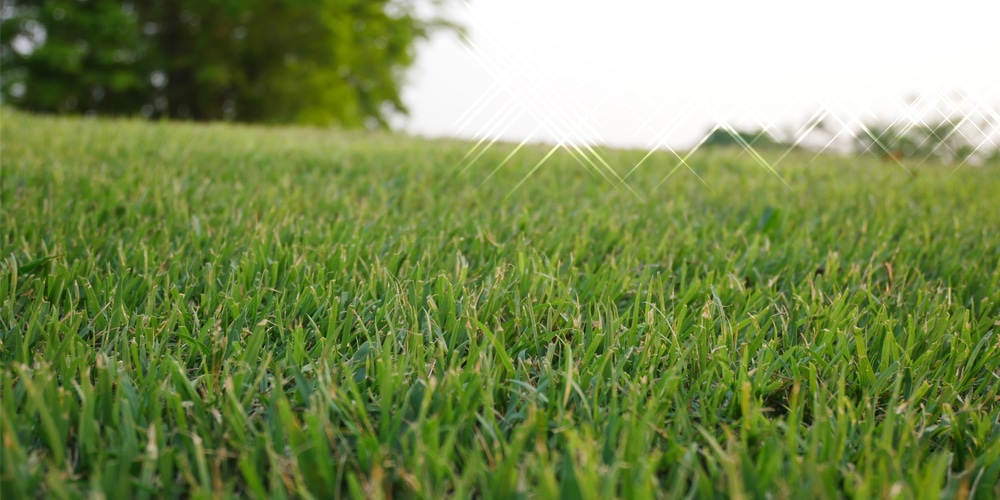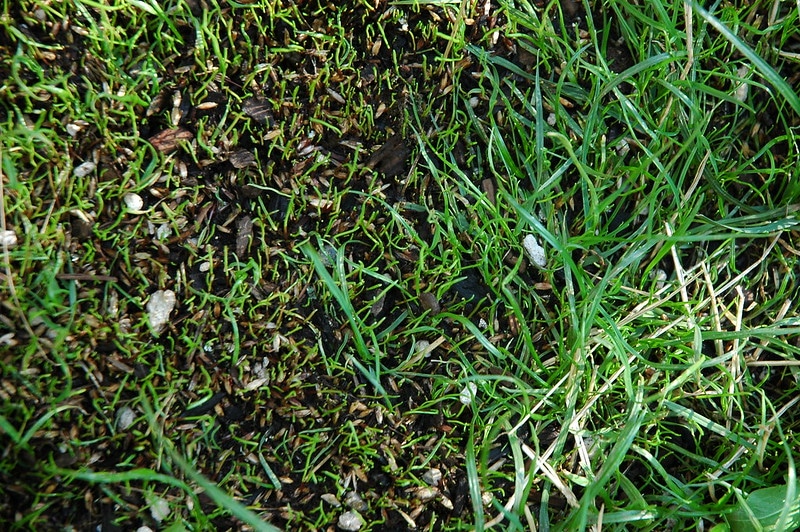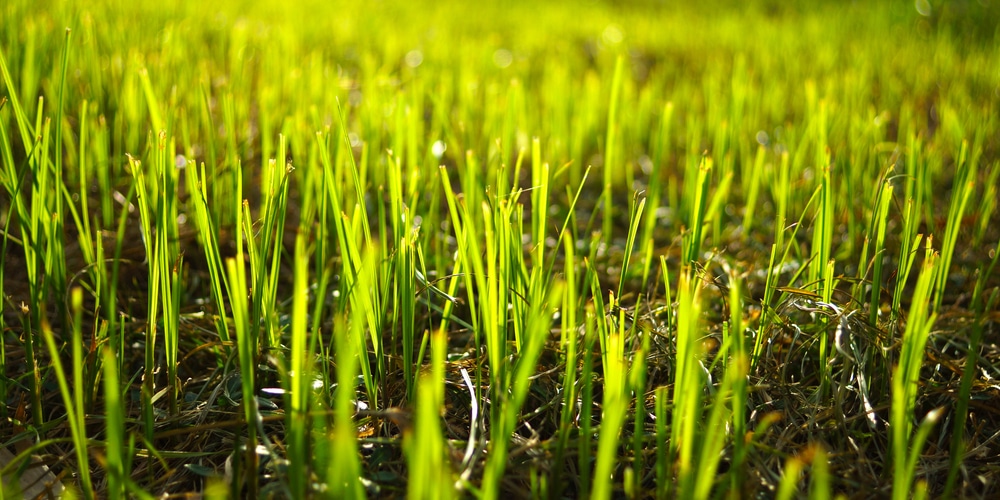Sprigging Bermuda Grass is a viable solution for those who don’t have the patience to grow a lawn by seed. In this article, we’ll show you a guide on how you can create your own bermuda turf.
What is Bermuda Grass Sprigging?

The term ‘sprigging’ is used when you plant grass stems into the soil or ground. It’s different from planting grass seeds in that it’s faster, mostly because the sprigs are already considered mature plants.
Think of sprigs like plant cuttings and you’ll have it down pat. However, sprigging a lawn isn’t just a matter of plugging the stems in and calling it a day. You will need to do several things, such as tilling, watering, and fertilizing to establish a proper lawn.
The best time to sprig bermuda is in the spring season and when the risk of a hard frost has passed. This gives your bermuda stems plenty of time to form roots and get established before the end of the growing season.
How to Sprig Bermuda Grass to Your Lawn
Step 1. Prepare the Ground and Soil
The first thing you should do while sprigging bermuda grass is to prepare the soil for the planting. You can spray the lawn or area with an herbicide or weed killer to destroy existing vegetation.
The length of time you should wait before putting in the sprigs will depend on the product you use, but generally speaking, you should wait around 5-7 days before tilling the soil.
Till the ground at about four inches, making sure to turn over the soil to get good aeration. Break up the large clumps and remove stones and debris. You may need to amend your lawn with garden soil, sand, or organic matter such as compost to give it a well-draining aspect, which is what Bermuda grass needs in order to thrive.
Step 2. Plant the Sprigs and Mulch
The next step is to have the sprigs on hand for planting and placing them near the site. The fresher the bermuda stems, the better. It’s worth noting that bermuda stems naturally turn brown as they’re pulled out of the ground, but then they quickly bounce back once reintroduced to the soil on your lawn.
Sprinkle the bermuda sprigs or press them gently into the soil while making sure that the roots are laying down and making contact. Alternatively, you can till again so the soil gets added over the top, but not so much that the bermuda gets smothered.
After planting the sprigs, you can add a layer of straw to help the bermuda to grow and to keep moisture and humidity at an optimal level. Water thoroughly and soak the ground once the sprigs are settled. From here on, it’s just a matter of being patient and waiting around two to three weeks for the bermuda grass to start growing.
Water and Fertilize Your Lawn
It’s important that you regularly provide water to your bermuda sprigs so they won’t completely dry out. However, you shouldn’t overwater either, or else it will lead to root rot.
Irrigate at least once a week during the growing season or when the soil surface has dried out. You should water more on hot days and when you see signs of life.
Young grass will require plenty of nutrients on the ground, and you should meet this requirement by feeding your bermuda grass with a specialized fertilizer at the time of planting and after six weeks or so. At this point, your bermuda should have sprouted new growth and are quickly spreading to form a lawn or turf.
Mowing and Maintenance
You can mow your Bermuda grass once the blades reach about three inches in length. Cut it down to two inches, then to an inch after the grass has established itself on your lawn. Afterward, you can treat the bermuda grass like you normally would.
Empty spots will get filled in pretty quickly, as bermuda grass is a voracious grower. To keep your lawn lush and thick, it’s recommended that you observe proper watering and feed your bermuda grass the right kind of fertilizer to support its growth.
Weed management can be done after 6 to 8 weeks and when the sprigs are firmly on the ground. After two mowing sessions have been completed then you can spray weed killer on your yard.

